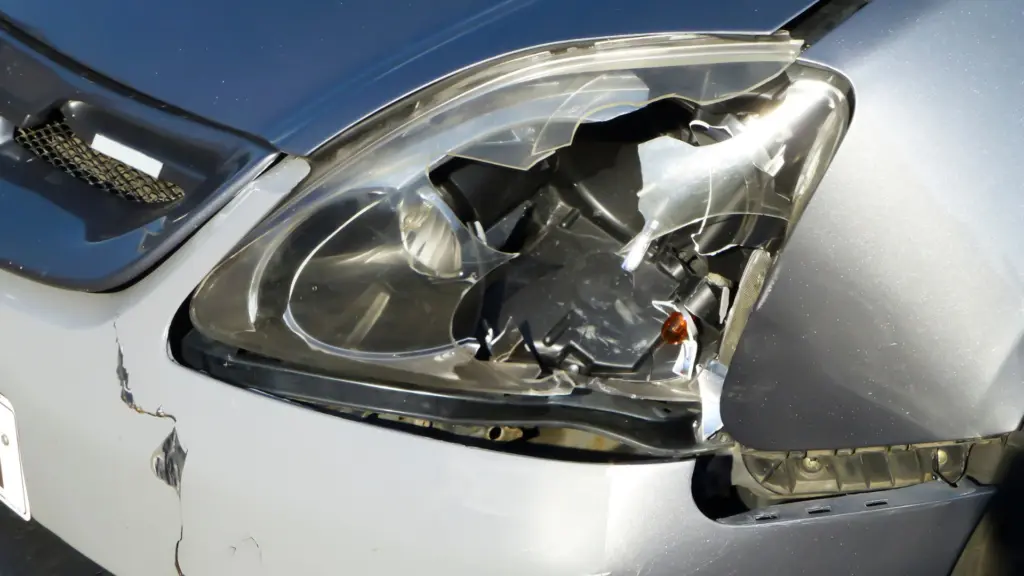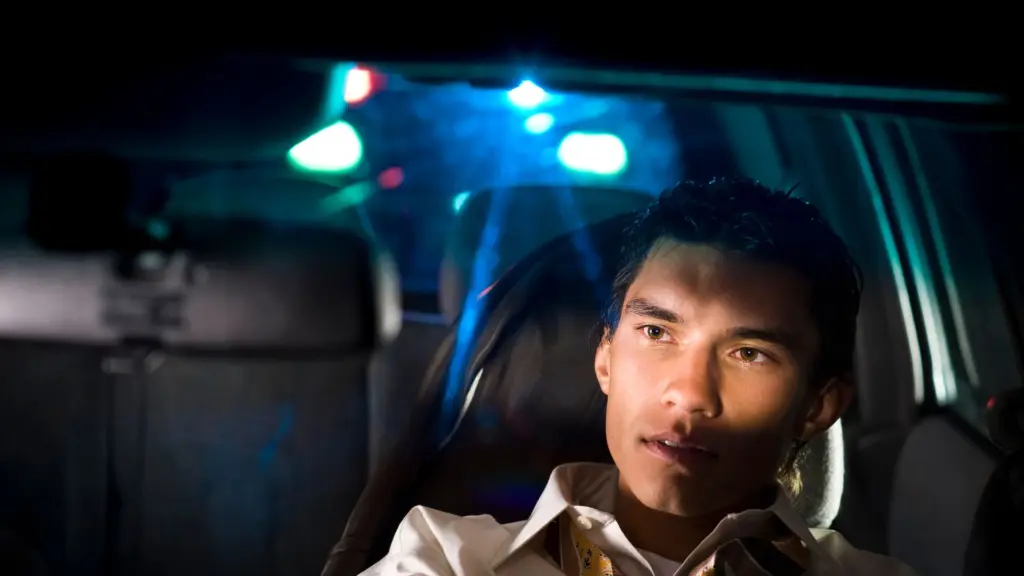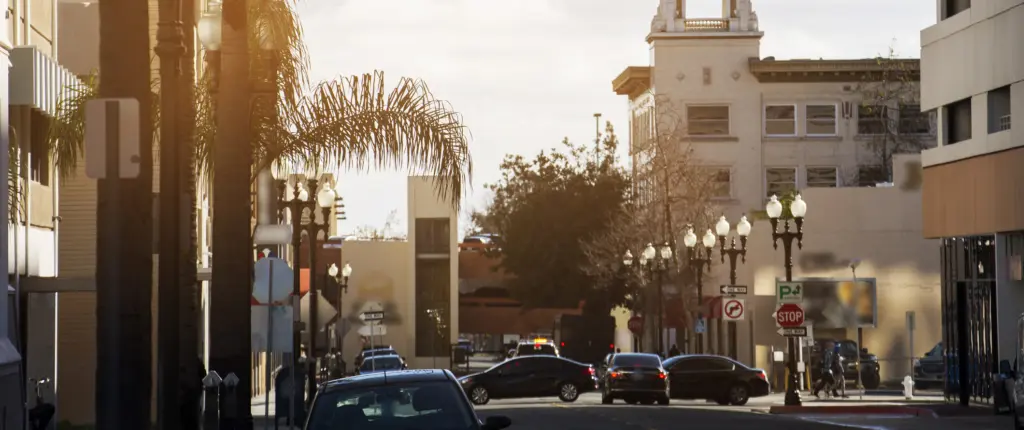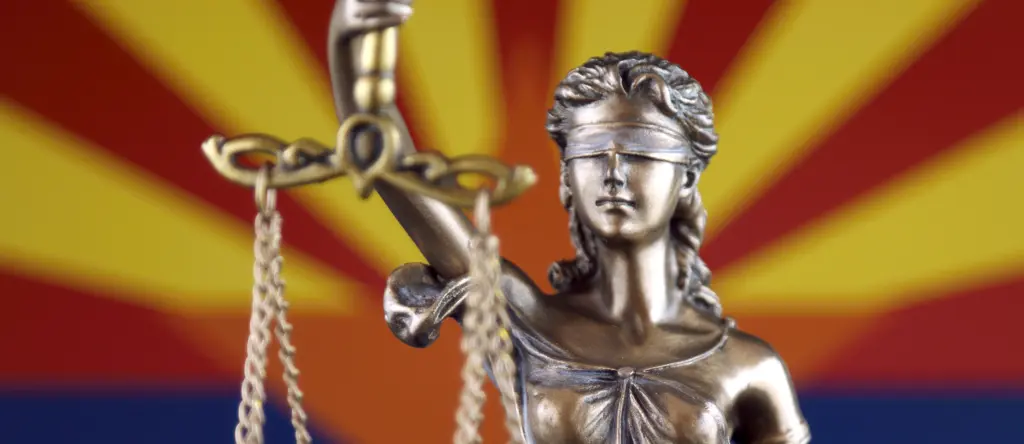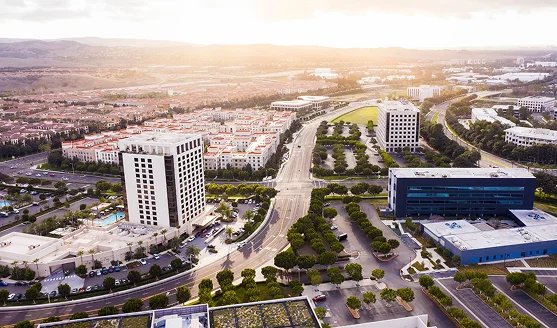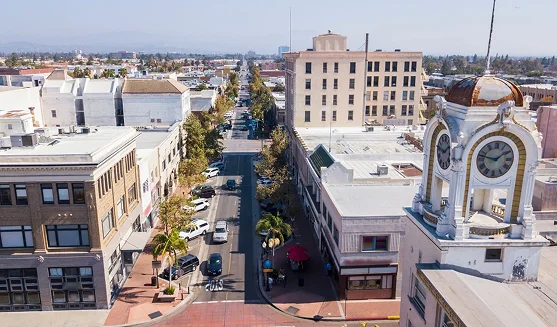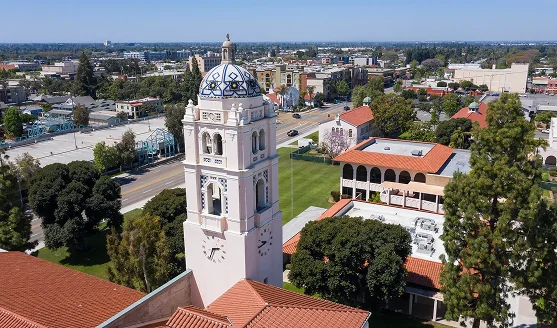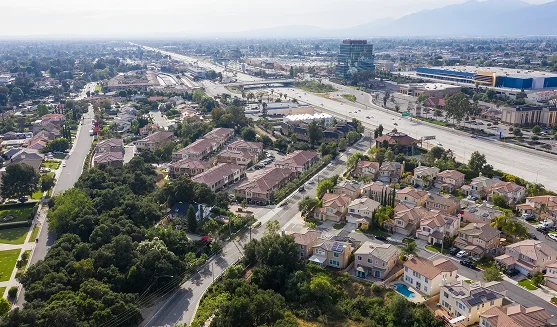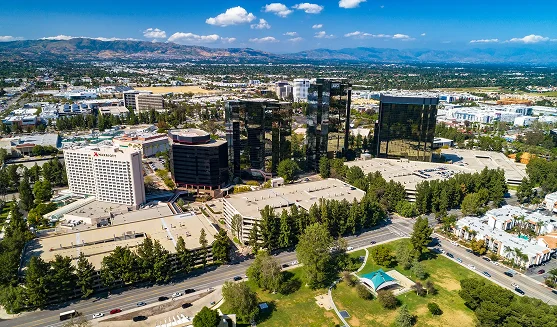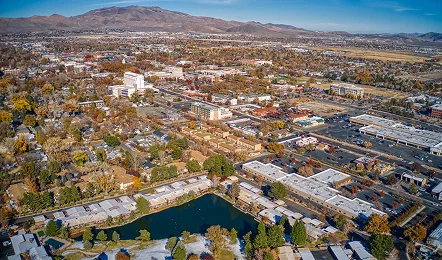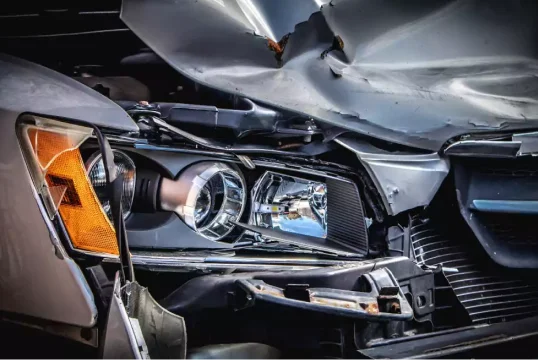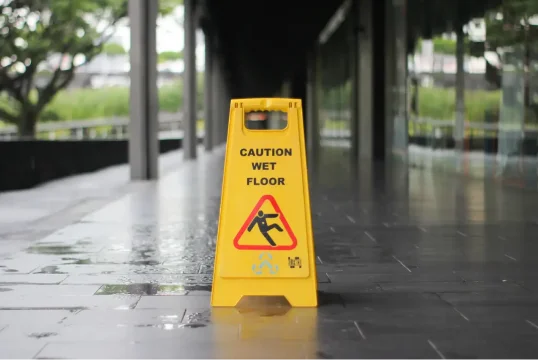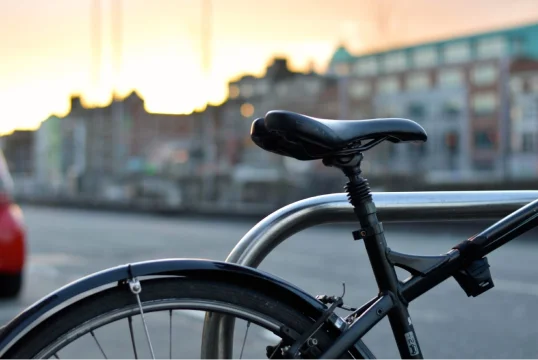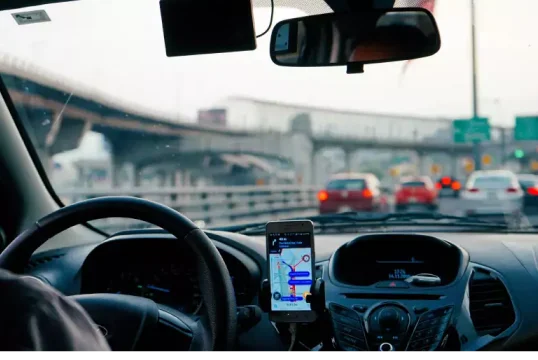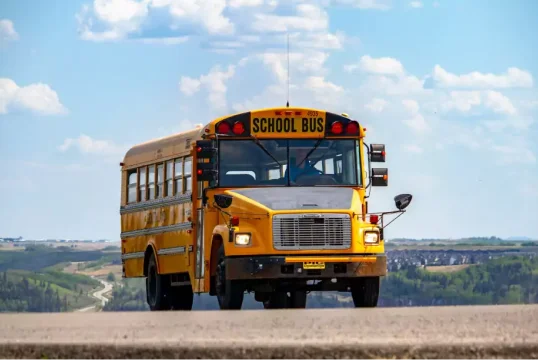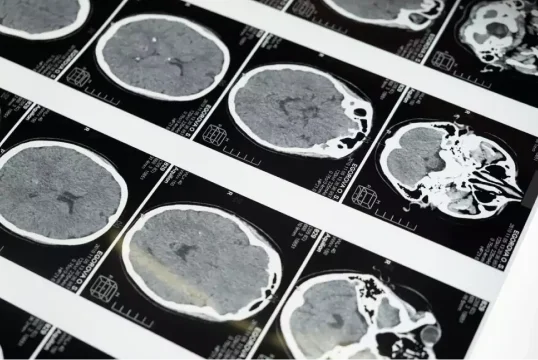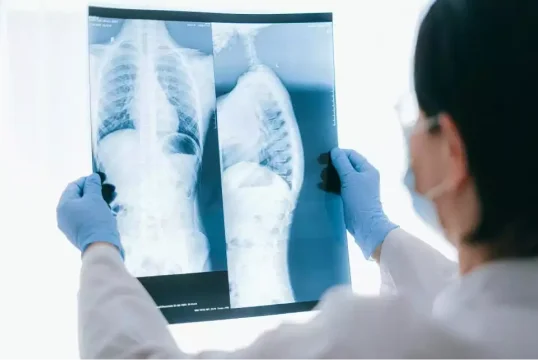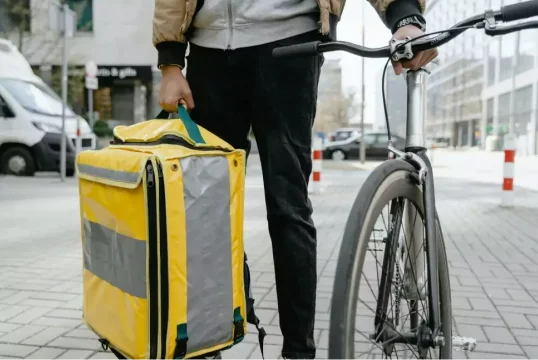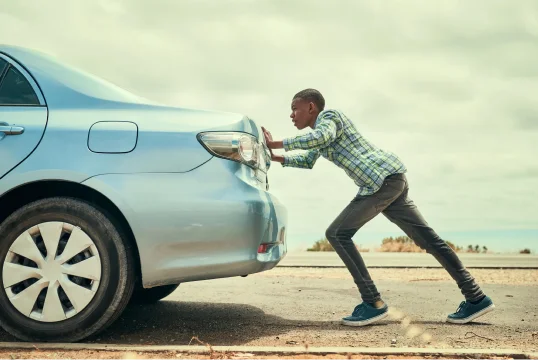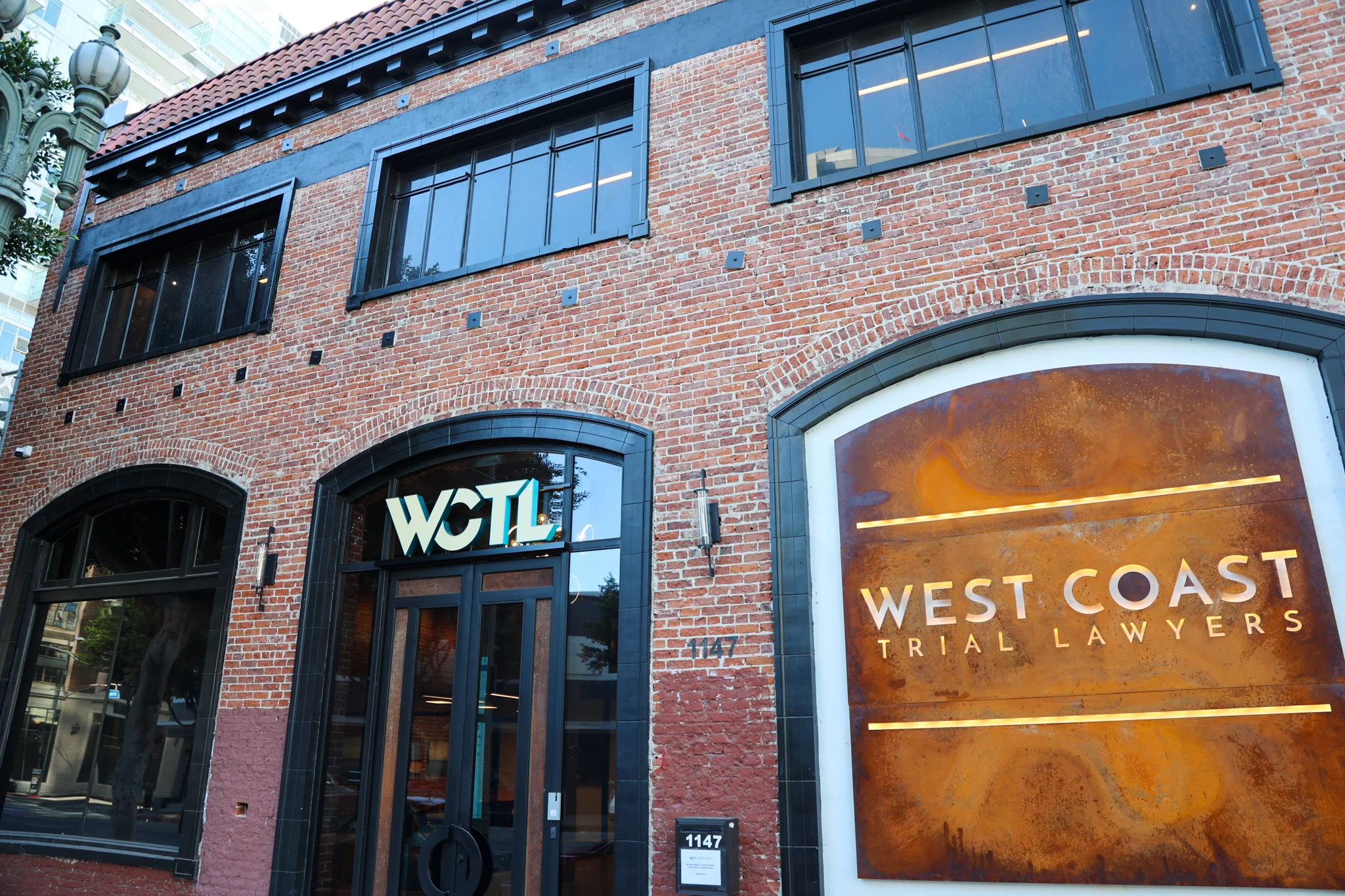When two vehicles attempt to merge into the same lane, determining fault can be particularly complicated. While traffic laws and driver responsibilities both play a big role in deciding who caused the accident, knowing how fault is assigned can help speed up the process and avoid unnecessary headaches. In this article, we’ll break down how liability works, explore common merging scenarios, and guide you through the steps to take if you’re ever caught in a merging accident.
What Is a Merging Accident?
A merging accident is when two vehicles collide while they are attempting to merge in the same lane. It is one of the most common car accidents in the United States due to the fact that it can happen to anybody on the road. In fact, according to a 2018 Traffic Safety Fact report from the National Highway Traffic Safety Administration, about 41% of all car accidents were due to and recognition based errors and 33% were due to decision based mistakes. While the complexity of a merging will vary on a case-by-case basis, there are multiple factors that can help determine liability even in the most complex merging accidents.
Who Is at Fault in a Merging Accident?
When two vehicles attempt to merge, determining fault involves several key factors, such as the actions of the drivers and the location of the incident. As merging accidents can become a complicated process, insurance companies and legal experts assess the following elements to establish liability, ensuring a fair outcome.
Right-of-Way Rules
Drivers merging into a lane must yield to vehicles already in that lane. If the merging driver disrupts traffic or causes a collision by failing to yield, they are usually held responsible.
Position of the Vehicles
If both drivers try to merge into the same lane from opposite directions, fault can be shared. In these cases, liability depends on which driver failed to exercise proper caution or follow traffic rules.
Use of Turn Signals
Signaling before merging is legally required and any failure to do so will automatically indicate to negligence, as it prevents other drivers from being aware of the merging driver’s intentions.
Speed and Following Distance
Drivers who speed or merge aggressively are more likely to be at fault in the event of a merging accident. As a lot of things can happen on the road, it is important to maintain a safe distance as following too closely can lead to rear-end collisions during merges.
Blind Spots and Visibility
Merging drivers must check their blind spots to avoid colliding with vehicles that may not be visible in their mirrors. Failing to account for these blind spots is often considered negligent behavior.
How Fault Is Determined in Common Merging Accident Scenarios
Considering the previous factors to establish liability, let’s apply them to several common scenarios and see how liability is divided in merging accidents.
Two Cars Merging Into the Same Lane from Opposite Directions
In cases where two drivers attempt to merge simultaneously into the same space, both parties may be found partially liable. This situation often results in a shared-fault determination, however, one party may be slightly more liable depending on which party have acted more cautiously.
Rear-End Collisions During a Merge
If a merging vehicle collides with another car from behind, the merging driver is usually at fault for failing to yield. However, if the leading car stopped abruptly without reason, such as brake checking, then fault could be contested.
Highway Merges onto Busy Freeways
Accidents that occur when drivers merge onto highways typically assign fault to the merging vehicle, as they must adjust to the appropriate speed and yield to oncoming traffic. Sudden lane changes by highway drivers, however, may complicate the case.
How Police and Insurance Companies Assign Fault
In the event of a merging accident, law enforcement arrives at the scene and they prepare an accident report based on witness statements, skid marks, and the final position of the vehicles. These reports carry significant weight in assigning fault. If video footage is available, it can provide concrete evidence of who initiated the merge incorrectly. Dashcam recordings are also another acceptable means of evidence and due to its reliability in traffic accidents, it is increasingly being used in investigations to identify reckless behavior.
However, it is important to note that insurance companies conduct their own evaluations once they are informed that an accident has occurred. In the aftermath of a car accident they review all details such as driver statements, police reports, and any available footage. After they review all of the presented information, they will assign fault based on state-specific comparative negligence laws.
How Fault Affects Insurance Claims
The determination of fault significantly impacts the outcome of insurance claims. In at-fault states, the driver found responsible for the accident will be liable for property damage and injury claims. In no-fault states, both drivers’ insurance companies cover their own policyholders, regardless of fault, for basic medical expenses. However, liability can still affect property damage settlements.
If the fault is shared, insurance adjusters will use comparative negligence rules to divide liability, which may reduce the compensation awarded to each party. In some cases, contributory negligence laws may prevent drivers from recovering any damages if they are found partially at fault.
Legal Implications of Merging Accidents
In severe cases, drivers involved in merging accidents may face personal injury lawsuits. A lawyer will build a case based on police reports, video evidence, and witness testimony. In regards to compensation, victims often seek coverage for costs such as medical expenses, lost wages, and property damage.
Comparative vs. Contributory Negligence
The legal system in your state determines how fault impacts compensation. In comparative negligence states, drivers can recover damages even if they are partially at fault. In contrast, contributory negligence states bar recovery if a driver holds any fault for the accident.
How to Prevent Merging Accidents
Preventing accidents requires adherence to traffic laws and adopting safe driving practices:
- Always signal intentions before merging or changing lanes.
- Check mirrors and blind spots thoroughly.
- Maintain appropriate speed and adjust to the flow of traffic.
- Avoid aggressive or sudden lane changes.
- Yield the right of way when required.
Steps to Take After a Merging Accident
Handling the aftermath of a merging accident properly can protect your safety, strengthen your case, and ensure a smoother claims process.
- Safety First– Move your vehicle to the side of the road if it’s safe to do so and check for any injuries. Call emergency services if anyone is hurt, even if injuries seem minor.
- Document the Scene– Take photos of the damage, road conditions, and any injuries. If there are witnesses, collect their contact information and statements to support your claim later.
- Exchange Information– Swap insurance and contact details with the other driver, including their full name, phone number, insurance provider, and policy number.
- File a Police Report– Always file a police report, even for minor accidents. An official report provides a record that will be useful for insurance claims and legal action if needed.
- Notify Your Insurance Company– Report the accident to your insurance provider right away to start the claims process and protect your coverage.
- Contact a Personal Injury Lawyer– If you were injured or fault is being disputed, it’s smart to consult a personal injury lawyer. An attorney can negotiate with insurers and ensure you receive the compensation you’re entitled to.
Injured in a Merging Accident? Contact West Coast Trial Lawyers Today
If you’ve been hurt in a merging accident, figuring out fault is just the beginning. Insurance companies often minimize payouts, but you don’t have to face them alone. At West Coast Trial Lawyers, we’ll fight to get you the compensation you deserve for medical bills, lost wages, and more. Our firm has won over $1.7 billion for our clients and continues to win awards for outstanding client services.
Let us handle the legal process so you can focus on recovery. Call (213) 927-3700 or use the online contact form to speak with our team today. Your consultation is free, and we won’t rest until you get the justice you deserve.



